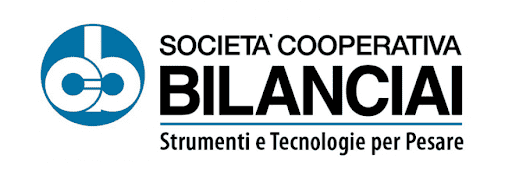Weighing the Right Way
Weighing the Right Way – Guidelines for Accurate Results and Better Weighing Techniques
Factors affecting weighing accuracy can negatively influence the results of a whole analysis, such that it is important to be aware of the rules that need to be followed when working with laboratory balances.
Weighing is one of the most common, yet critical and time consuming, tasks undertaken in the laboratory; therefore, weighing the right way is crucial.
Balances have developed to the point that, in general, they provide accurate results in most lab environments, with the possible exception of ultra-micro balances.
Technological advances in electronics have considerably simplified the operation of balances, reducing weighing times. Moreover, the touchscreen digital display makes operation of the balance intuitive.
However, this apparent ease of use can lead to insufficient care being taken to avoid the negative influence on analysis results caused by multiple factors affecting weighing accuracy. External influences are defined as physical effects that are measurable for all laboratory balances. Examples of external influences include:
- Electrostatic forces
- Airflow
- Environmental vibrations
- Effects of magnetism
- Evaporation
- Moisture uptake
Certain sample characteristics – such as evaporation of liquids, or hygroscopic/hydrophobic solid materials gaining or losing weight – may also be mistaken for external influences.
The purpose of this guide is to identify the most common factors affecting weighing accuracy and to explain the basic rules of weighing the right way with laboratory balances. The guide begins with suggestions for finding an optimal location for the balance. It then describes proper operation of this sensitive instrument, before analyzing possible external influences and their effects. Most of these influences are recognizable by a slow change in the weight display (drift).
Technologically advanced balances allow laboratory professionals to perform weighing operations more quickly and intelligently at the bench.
Nevertheless, weighing results are still prone to inaccuracies, due to:
The influence of external factors (e.g. airflow, magnetism, electrostatic forces).
Misinterpreting sample characteristics for external influences
Faulty operation of the balance
Choosing an inappropriate location for the balance
Incorrect interpretation of technical data
Following METTLER TOLEDO “Weighing the Right Way” guidelines will help you understand the factors that affect weighing accuracy, and how to minimize the possibility of making a mistake during the weighing process.
Save time and get your weighing results right the first time.










